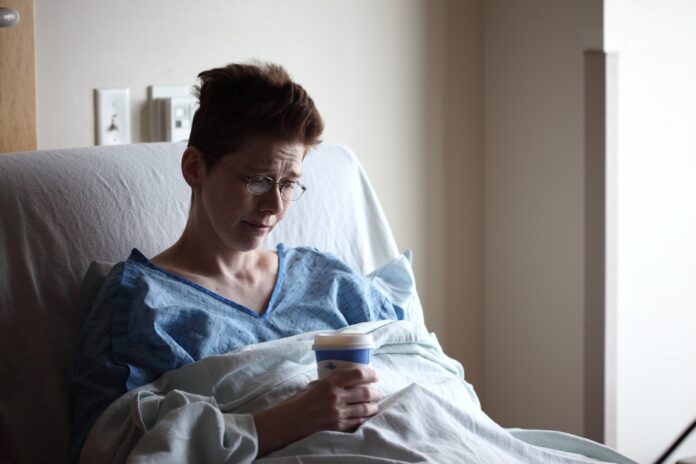Tens of millions of adults live with chronic pain in North America, yet according to new research, this long-lasting condition may not affect all populations equally. By analyzing results from the National Health Interview Survey, an international team of researchers found that LGBTQ+ adults are more likely than straight adults to experience chronic pain.
The study was led by Anna Zajacova, a professor of sociology at Western University, and published in Pain.
How are LGBTQ+ adults affected by chronic pain?
The National Health Interview Survey, or NHIS, is an annual survey that has been monitoring the health of American adults since the year 1957. Along with a group of collaborators, Zajacova was interested in using this wealth of data to learn more about the health outcomes of LGBTQ+ adults.
Specifically, the researchers were interested in studying the prevalence of chronic pain, which has only recently begun to be studied on its own rather than as a symptom of another condition.
“[C]hronic pain is now widely understood as a condition in its own right,” Zajacova explained in a press release. “It’s an important condition, too, given its high burden in the population and tremendous impact [on] individuals’ quality of life. In fact, we view pain as an overall holistic measure of physical and psychological well-being.”
Given that LGBTQ+ adults are more likely to experience psychological distress and poor mental health, it makes sense that they might also experience high levels of chronic pain. To learn whether or not was the case, the researchers looked at the 2013 to 2018 NHIS data.
The survey gave participants the option to self-identify as gay, lesbian, bisexual, or “something else” under the LGBTQ+ umbrella. When analyzing the responses from these groups, the researchers found that LGBTQ+ adults tended to experience pain and/or chronic pain more often than straight participants.
In particular, gay and lesbian adults were 47% more likely to experience pain in general, while for bisexual adults and those who identified as “something else”, these numbers jumped to 105% and 133% respectively. When it came to chronic pain specifically, gay and lesbian adults were 33% more likely than straight adults to experience chronic pain, while for bisexual adults and those identifying as “something else”, the numbers were 88% and 89%.
Psychological distress may be the cause
Looking in more detail at the survey responses, the researchers found that psychological distress was closely linked with a higher likelihood of experiencing pain. In other words, LGBTQ+ adults who reported experiencing pain were also more likely to report feeling psychological distress. The researchers believe that this is due to the discrimination faced by these marginalized groups.
While these results were specific to the United States, Zajacova emphasized the importance of carrying out similar work in a Canadian context.
“I suspect we might see similar patterns in Canada despite it being more advanced in terms of sociolegal acceptance of LGBTQ+ adults,” Zajacova said, “because what we are seeing seems to hint at the psychosocial issues that may be influencing higher prevalence of pain.”
To address this issue, it’s important that Canada offers safe and affirmative healthcare options for LGBTQ+ adults, focusing on both physical and mental health. In Ontario, Rainbow Health maintains a database of LGBTQ+ friendly services.
By prioritizing safe healthcare for these marginalized groups, we can help decrease both psychological and physical pain issues for everyone.








































